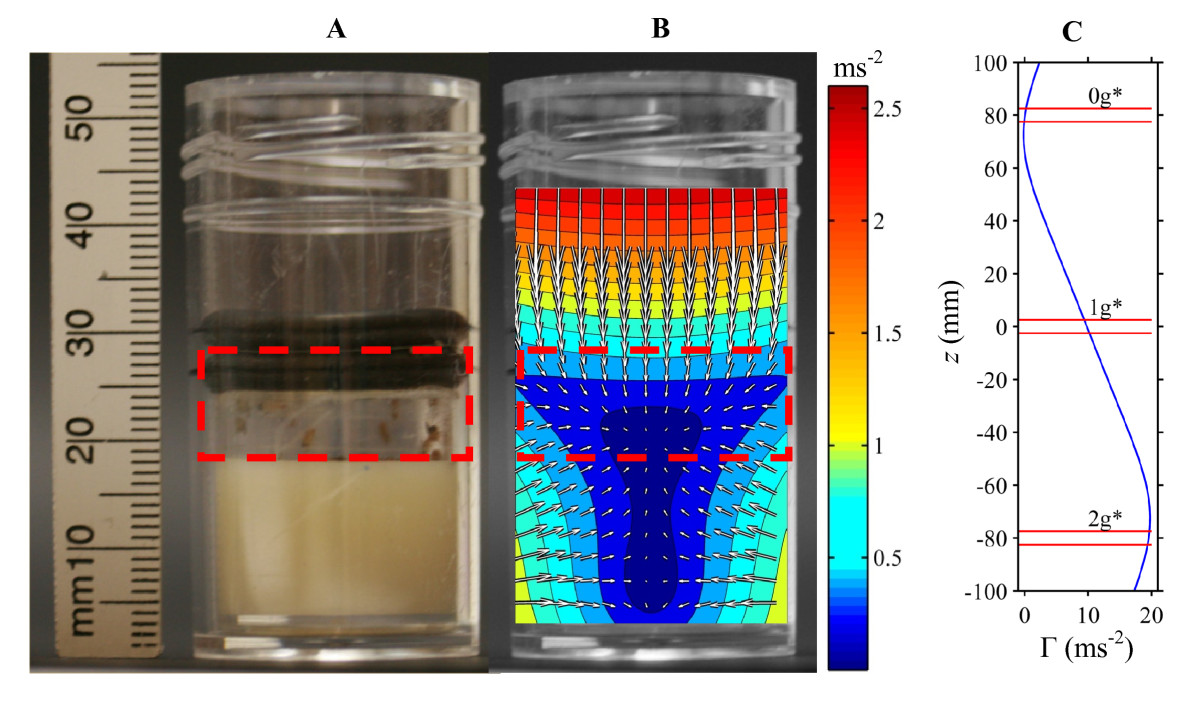I have reviewed the sources you provided and I can understand how diamagnetism might be used to eliminate the g-forces one feels during acceleration in a space ship.
Normally, the back of the seat presses against the person's skin which transmits the force to the flesh which compresses the next layer down and on and on. The compressive forces are what does the damage.
Some help can be obtained by putting the human in a pressure suit, which will counter some of the forces squashing the body.
Additional help might be obtained by slowly rotating the human so the forces are more evenly distributed around the body.
An even better approach would be to immerse the human in water, the forces would be more evenly distributed than before. To get truly force free one would have to fill the lungs and any air spaces in the ears and sinuses with fluids as well.
Another way of accomplishing "weightless" acelleration would be to put a very large mass in front of the spaceship and move it away at ever increasing speed. The traveller would be falling into a gravitational well and would feel nothing. This is impractical as an Earth size mass would be required.
Perhaps a better approach would be to use the repulsive force of diamagnetism. Acellerate the space ship at one "g" and then put a very, very strong magnet about 12 Teslas behind the seat. The diamagnetic water in the human would be repelled by the magnetic field and the human would be acellerated at 1 g but would feel nothing. Every atom of water would be pushed individually by the magnet and no g-forces would be felt by the human. The human would not be pushed back into the seat. By making the magnet stronger and stronger there would be no limit to how much acelleration the human could undergo without feeling squashed. Other factors would cause a problem though. Some of the vital chemical reactions in the body would probably be interrupted.
So, yes, diamagnetism could provide for "inertial dampening". Thank you for bringing this to my attention!



